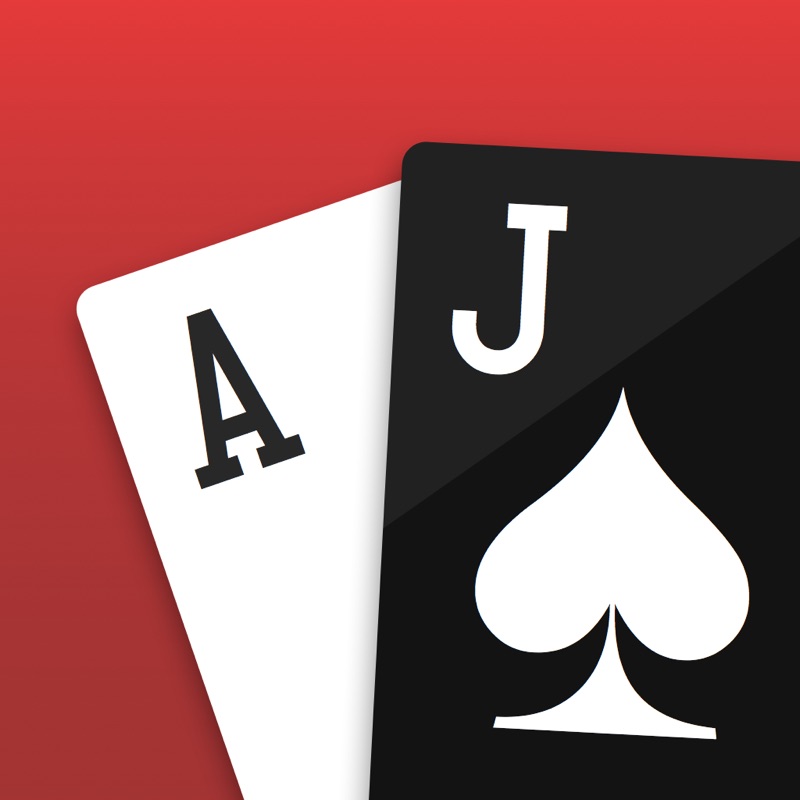Are you passionate about card games and are you one of those people who thrive on the thrill of gambling combined with the technique, strategy, method and complexity of skill games?
Then blackjack is the online casino game for you!
Learn with the Spin Casino blog’s blackjack guide everything you need and always wanted to know about blackjack. Read on and discover the tricks and techniques the pros use to play blackjack.
A brief history of blackjack

Blackjack or blackjack is a card game that combines the excitement of gambling with the complexity and challenge of strategy games.
The origins of blackjack are unclear, but can be traced back to 17th century Spain: it appears in Cervantes’ novel Rinconete y Cortadillo. The charm of twenty-one was all the rage at the French court during the 18th century, and in the 19th century French settlers in the city of New Orleans introduced blackjack to the United States.
During the gold rush, a new and ingenious variant appeared in the saloons of the American West: if the game was won with the J, known as Jack in English, the player won ten times what was wagered. Hence the name of the game, blackjack.
Nowadays, in addition to the physical blackjack tables in casinos around the world, online casinos offer the possibility to play online blackjack or virtual blackjack. There is also the possibility to play mobile blackjack from any mobile device with an internet connection.
Main types, moves and basic rules of blackjack

There are two main types of blackjack: European blackjack and American blackjack. Unlike American blackjack, in European blackjack the dealer does not draw the second card until all players have played their hand, which gives the dealer an advantage in this type of blackjack.
The blackjack table is a semi-circular table where each player has his or her own playing space, as well as a box to place bets before the dealer deals the initial two cards.
The dealer is bound by fixed rules that prevent him from making decisions about the game. For example, he is obliged to stand if he totals 17 or more: a rule known as Soft 17.
Blackjack is played with one or more English decks of 52 cards without the jokers. Up to 8 decks can be used. The basic rule of blackjack is simple: the aim is to add up to a value as close to 21 points as possible without going over. There are a variety of modifications to the rules specific to each casino, whether physical or virtual: in this blackjack guide we will look in detail at the most well-known and internationally used ones.
Now that you know the values of each card, let’s look at how a game of blackjack is played and the moves a player can make. A move is a decision a player makes during the course of a game. The basic blackjack moves are as follows:
Hit: the player asks the dealer for another card. Be careful! If, because of that card, the total sum of your cards is greater than 21, disqualification is automatic.
Stand: the player decides that he does not want any more cards than the two that the dealer has initially dealt.
Stand or surrender: when the player has received his first two cards, he can decide to fold and take back half of his bet. This is an option that is not always available and not all players know how to use wisely. Check the policies, terms and conditions of each establishment, whether real or virtual.
Splitting cards: If the player receives two identical cards in the same hand, it is possible to split the cards and double the bet. Experts usually advise against splitting 4-4, 5-5 or 10-10.
Special situations and rules can often occur. In addition, there is a mathematical model for strategic play, a table known as a blackjack strategy table or blackjack table. It is a mathematical model that the player must memorise.
The blackjack table varies: there is a wealth of documentation, both physical and online, for studying and memorising strategies, from basic blackjack strategy to more complex casuistries. Expert advice is to start with basic strategy and, once you feel comfortable and confident, progress to more complex strategies.